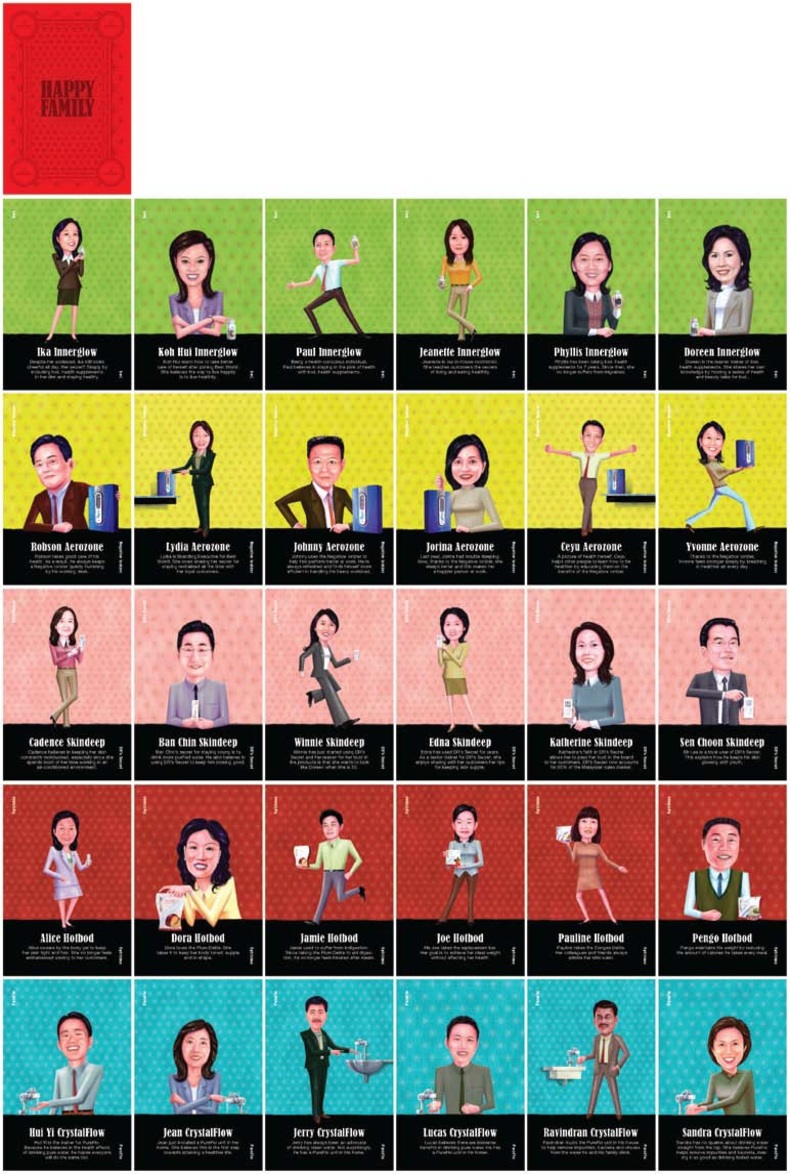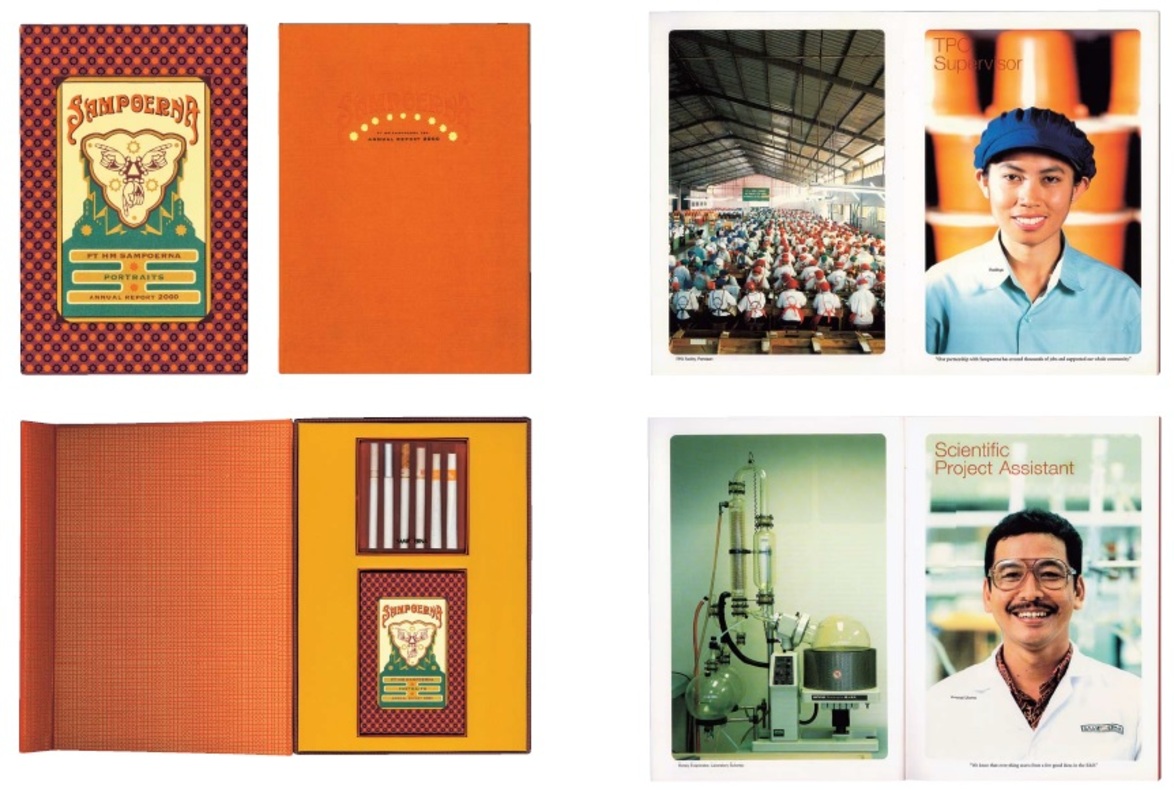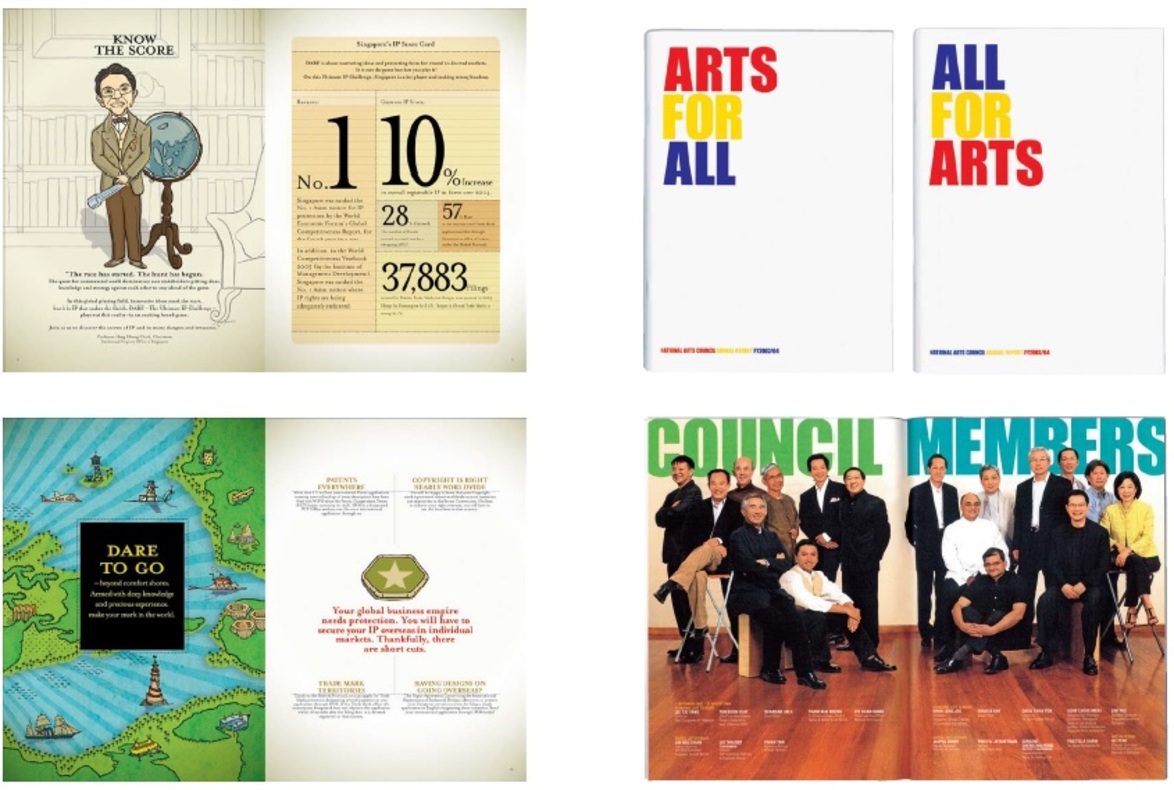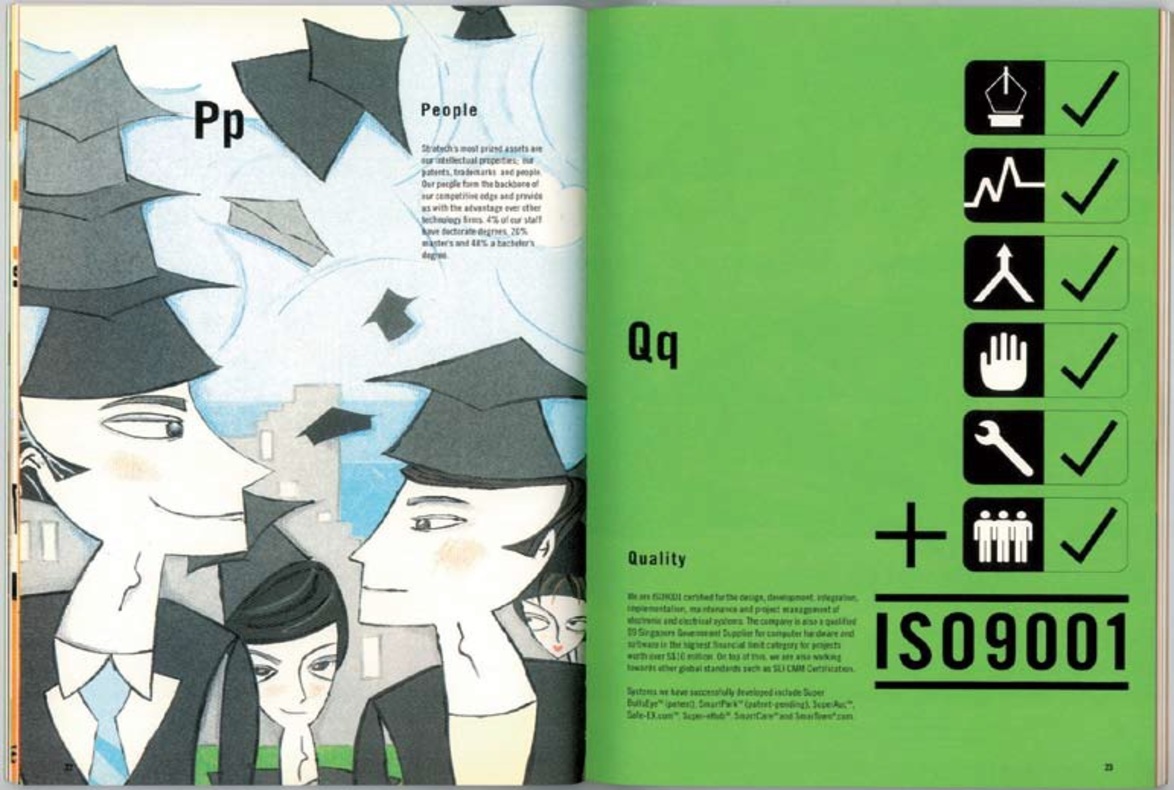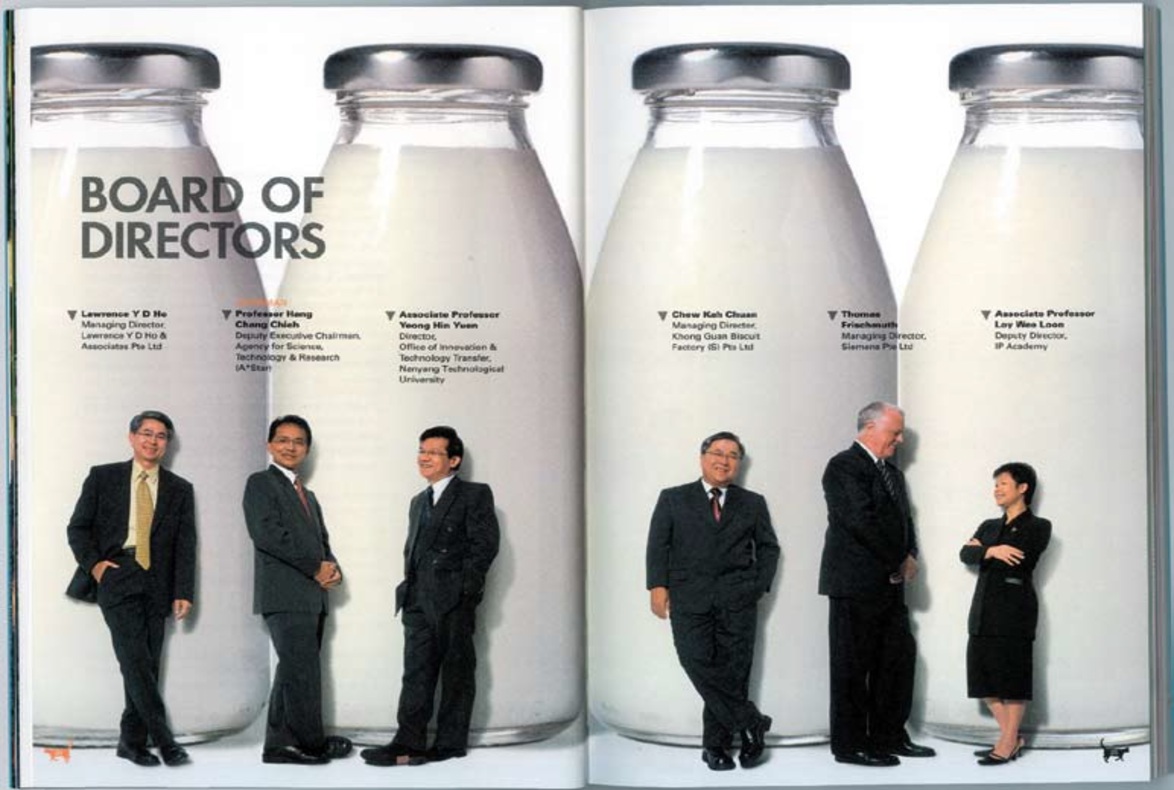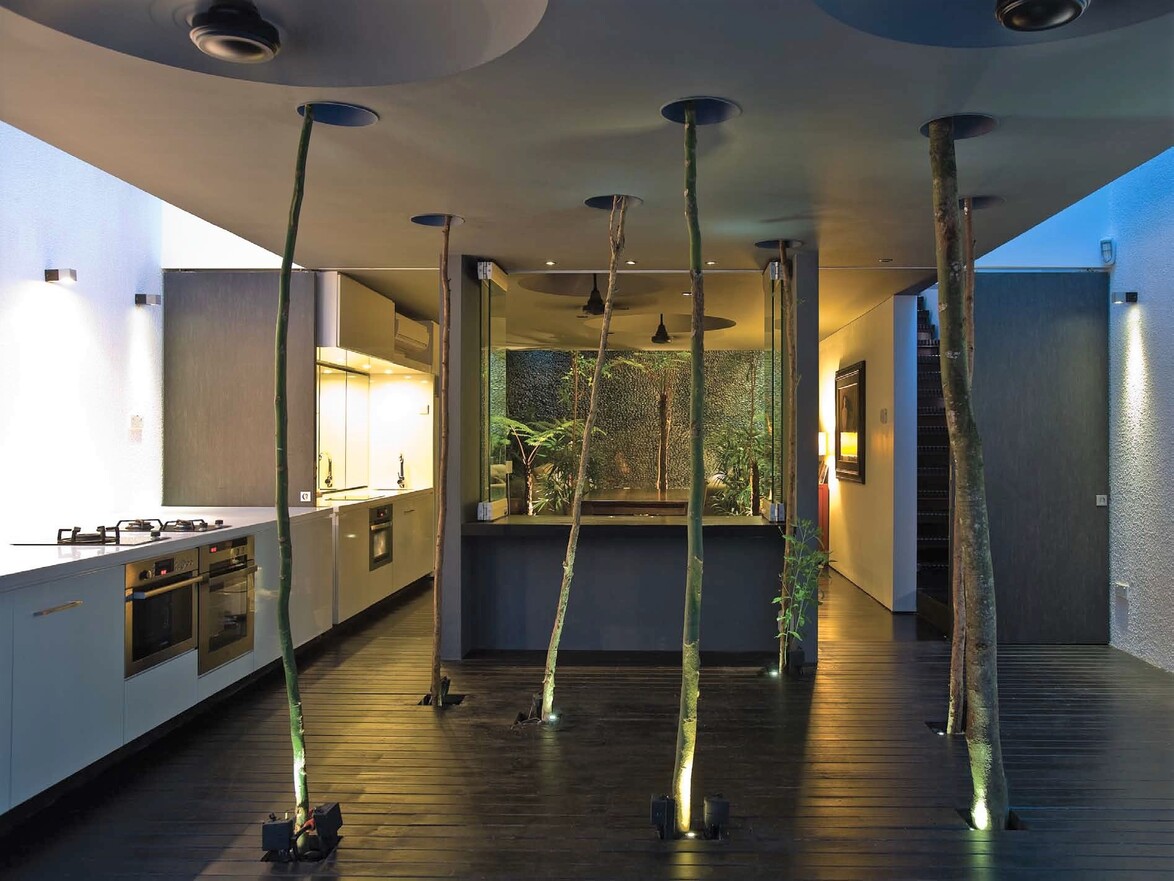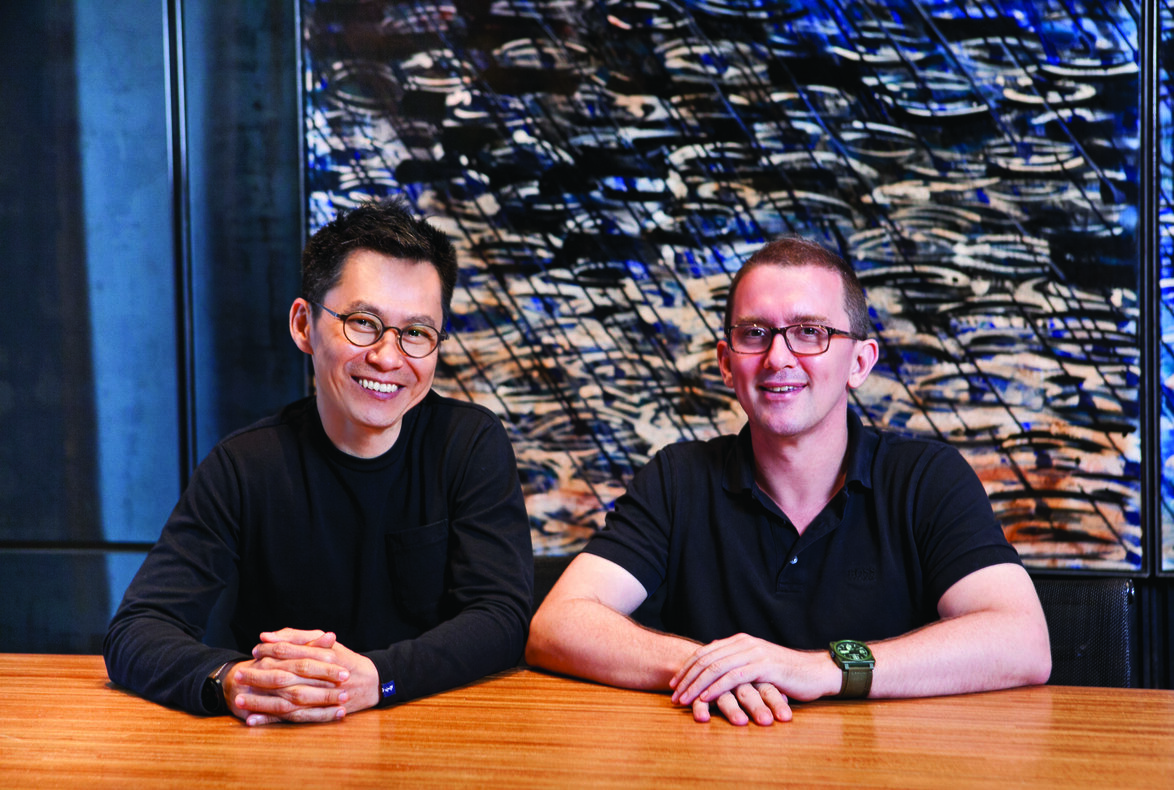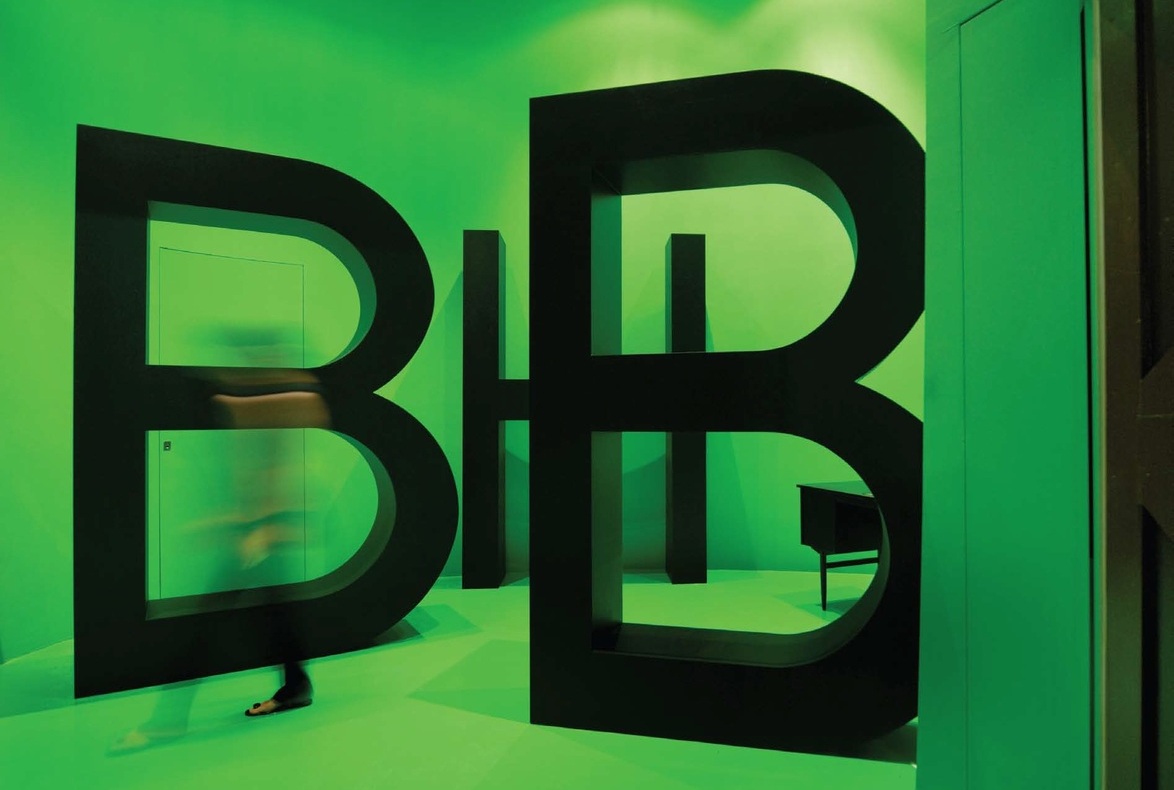
DESIGNER OF THE YEAR 2008
Edmund Wee
Founder and Designer
Epigram
CONTACT
[email protected]
A psychologist turned journalist turned design agency founder, Edmund Wee is today the managing and creative director of Epigram, the company he started from a spare bedroom nearly 18 years ago.
Edmund came to the field of design only after stints in several other areas. He had aspired to be a mathematician as a child but studied criminology at school and spent some years working as a government psychologist. He then moved to the news daily. The Straits Times and stayed for 12 years as a lead writer, reporter, news editor and eventually as design editor before leaving to start Epigram. Although Edmund does not have formal training in design, his multidisciplinary beginnings have given him a very practical, hands-on education in design that continues to influence the way the agency is run.
In Epigram’s early years, Edmund found himself playing multiple roles, from creative director, copywriter and designer to receptionist and delivery clerk. Since then, the agency has gone from strength to strength. Its current work ranges from corporate collaterals, magazines and newsletters to corporate and retail identities and environmental wayfinding and signages. It is also increasingly active in book publishing, which Edmund describes as ‘inevitable’ given the agency’s expertise in editorial development and design capability. Notable Epigram publications include A Gardener’s Log by Thien, which features exposed binding to reveal its ‘roots’; and Irene’s Peranakan Recipes, an unusual one-colour cookbook that includes pages for shopping lists, measuring rules and four ribbon bookmarks.
In particular, Epigram is regarded as having revolutionized the art of annual report design in Singapore. From the start, the agency has chosen to create for clients who are themselves intent on making a difference. Instead of the conventional book form, Epigram’s annual reports over the years have appeared as an X-box game, DVD, coffee-table book, laptop, board game, airport lounge novel, travel guidebook and tabloid newspaper supplement, among others. Above all, as one admirer noted, ‘They are witty, almost always well photographed and beautifully produced, with great attention to getting the message across.’ As Edmund explains, ‘An annual report should not only present the company’s financial results, it should also reflect the company’s spirit.’
For inspiration, Edmund draws on ‘elegant writing, enchanting architecture and engrossing art’. He spends much time in bookstores, both in person and on=line, and visits contemporary art museums and galleries. His sources of influence reflect the diversity of his interests. Designers, artists or bodies whose work have made an impression on him include Apple, Bilbao Guggenheim, Atul Gawande, Andreas Gursky, Hiroshi Sugimoto, Ai Weiwei, Jamie Oliver, the New York Times, Santiago Calatrava and Herzog & de Meuron.
The result is a design philosophy that is almost austere in its simplicity. At its base, ‘It starts from the desire to make things beautiful or better in order to engage or touch the viewer… Less is more. Make your words sing. Let your pictures shine.’
For someone whose works are known for their strong ideas and visual impact, part of Edmund’s approach also seems to hark back to his newspaper days. ‘It is essential to articulate key messages in words before developing any visual or physical solutions.’ The name of the agency reflects that thinking. ‘Epigram means a witty remark or poem. We started in publication design and I felt then that good design had to recognize the critical role words play in communication. Before any visual solution, we had to get the words right and frequently that meant we had to be witty.’
The creative process that follows unfolds organically. ‘We start by asking a lot of questions of our clients about what they are trying to achieve, some obvious and silly and some not so obvious or silly. We do a lot of research on the client and on the subject. We narrow onto the target audience. Sometimes we will gather to brainstorm, other times we will squirrel away in our corners to contemplate. If necessary, we will lie on the floor, sit in the loo, have a coffee outside the office or solve a cryptic crossword puzzle. A solution will appear.’
Today, the 20-strong consultancy continues to uphold its founder’s belief that ‘there is no greater power than the force of a great idea’. Says Edmund, ‘Unlike other design companies that avoided rocking the boat, I was adamant Epigram would stand for something extraordinary/’ For Edmund and his colleagues, work is more than just design, and is treated very personally. Edmund believes this sets Epigram part from other creative agencies. ‘Our success is due to the group of designers and staff in Epigram who share an uncompromising belief in good design.’
He acknowledges that this ideal may not resonate with every client. ‘Our highs come from clients who support our efforts. Our lows come from our failure to convince our clients of the value of good design. So our daily challenge is to convince the client to buy our concepts.’ However, he notes that this approach has stood the test of time. ‘How do we know we have been successful? The client comes back for more. Success is being hired again the next year.’
Insights from the Recipient
“Read everything you can get your hands on. Read Shakespeare, not just design books. Visit contemporary art museums and galleries and contemplate. Travel to cities and experience cultures where design is valued and observe it at work.”
Citation
Jury Citation
Nominator Citation
Han Fook Kwang
Editor
The Straits Times
Edmund Wee is being recognized for his dedicated contribution to sustaining the creative integrity of the discipline of designing annual reports. In a career spanning several decades, he has effectively used original Singaporean themes and contexts to project the holistic communication agendas of many institutions and corporations. His editorial works have received numerous international awards for their creative excellence from important design competitions such as AR100, Red Dot, Graphis and HKDA. Edmund has also delved into various publishing activities while experimenting with a diverse range of interesting subjects, including travel and stylish cookbooks. He has long been an ardent proponent of using local artists, illustrators and photographers in his annual reports – a practice that has been instrumental in fostering the overall talent in this region. In an era when communication media is automatically associated with only things digital, it is reassuring that the annual report medium will continue to evolve with Edmund. The Jury truly commends his creative resilience.
Unimaginative annual reports are the rule in Singapore. Against this mind-numbing background, the work of design agency Epigram stands heads and shoulders above the crowd. I have tracked the work of Epigram, from its very first tabloid-sized annual report (for the Singapore Press Holdings in 1991) to the Grand Prix it won in the 2007 Red Dot design competition for the Intellectual Property Office of Singapore’s board game annual report. In fact, the Grand Prix was the second it had won, becoming not only the first agency in the world to win Red Dot’s Grand Prix twice but also the first to do so in consecutive years.
Unlike many agencies that have moved on from this unglamorous sector of the design industry, Epigram has persevered in it but had done so in such a consistently creative manner as to have transformed the genre. Led by founder Edmund Wee, its creations over 17 years are too numerous to detail but their annual reports have been known to appear as a handheld laptop, card game, lifestyle magazine, computer game, paperback novel, guidebook and coffee table book, among others. Above all, they are witty almost always well photographed and beautifully produced, with a great attention to getting the message across.
Outside of annual reports, its creations in corporate identities, environmental graphics and book publishing have continued to push the envelope in corporate design. In my opinion, Epigram deserves to be Designer of the Year in this year’s President*s Design Award for its great body work in the last 17 years


